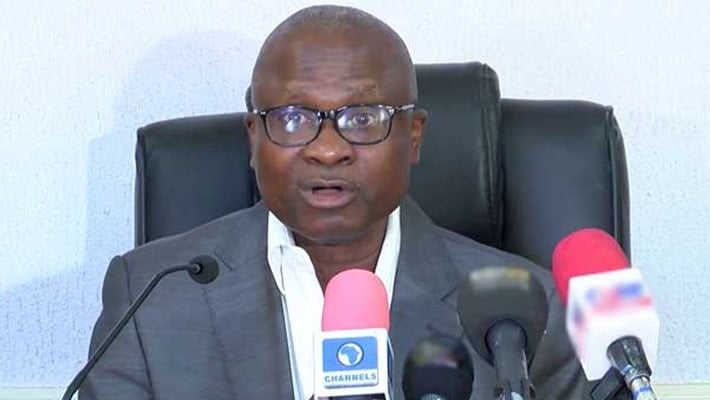The Federal Government is prioritising a “bottom-up” approach to strengthen health emergency response by empowering the 36 State, FCT and Local Governments.
NAN reports that the strategy, known as the “sub-national capacity” framework, is a key focus of the Health Sector Renewal Investment Initiative (NHSRII).
Dr Jide Idris, the Director-General of the Nigeria Centre for Disease Control and Prevention (NCDC), made this known in an interview with the News Agency of Nigeria (NAN) on the sidelines of the 12th Ministerial Oversight Committee (MOC) meeting of the Basic Health Care Provision Fund (BHCPF) in Abuja.
NAN reports that the meeting brought together state health commissioners and development partners.
Idris said the federal government can no longer rely solely on providing rapid response teams, medical countermeasures, and outbreak materials without improving state-level preparedness and diagnostic capacity.
Strengthening sub-national capacity, he emphasised, is essential for effective coordination among federal, state, and local governments in managing health emergencies and reducing avoidable disease burdens nationwide.
“A framework has been developed to guide states on building emergency preparedness systems, with further engagements planned to outline operational modalities and improve coordination,” he said.
The director general however, noted that bureaucratic bottlenecks at the state level remain a major obstacle slowing progress.
He promised that structured collaboration, technical assistance, training, and monitoring systems would help ensure accountability and timely interventions.
“Under the States Outbreak Investigation & Response Fund (S-OIRF), several states have recorded notable achievements.
“In Ekiti, authorities conducted simulation exercises, developed multi-hazard emergency response plans, and rapidly contained Yellow Fever outbreaks in affected LGAs, supported by stipends, transport, and airtime for Disease Surveillance and Notification Officers (DSNOs).
“Similarly, in Kaduna State, Rapid Response Teams (RRTs) were deployed for Diphtheria outbreaks, alongside enhanced disease surveillance, prepositioning of medical countermeasures, and capacity building of the PHEOC core team,” he explained.
While these successes demonstrate progress, he said that nationwide data on S-OIRF impact remains limited, with figures on total outbreaks contained, response times, or cases detected yet to be publicly released.
He also noted ongoing coordination challenges in other states and the need for further operational support.
He said the Federal Government remains committed to supporting all states with technical guidance, training, and monitoring mechanisms, ensuring transparency, accountability, and sustainable health emergency systems.
These measures, he said, were vital for building resilient state-level outbreak response systems that can rapidly contain infectious diseases and safeguard public health across Nigeria. (NAN)




